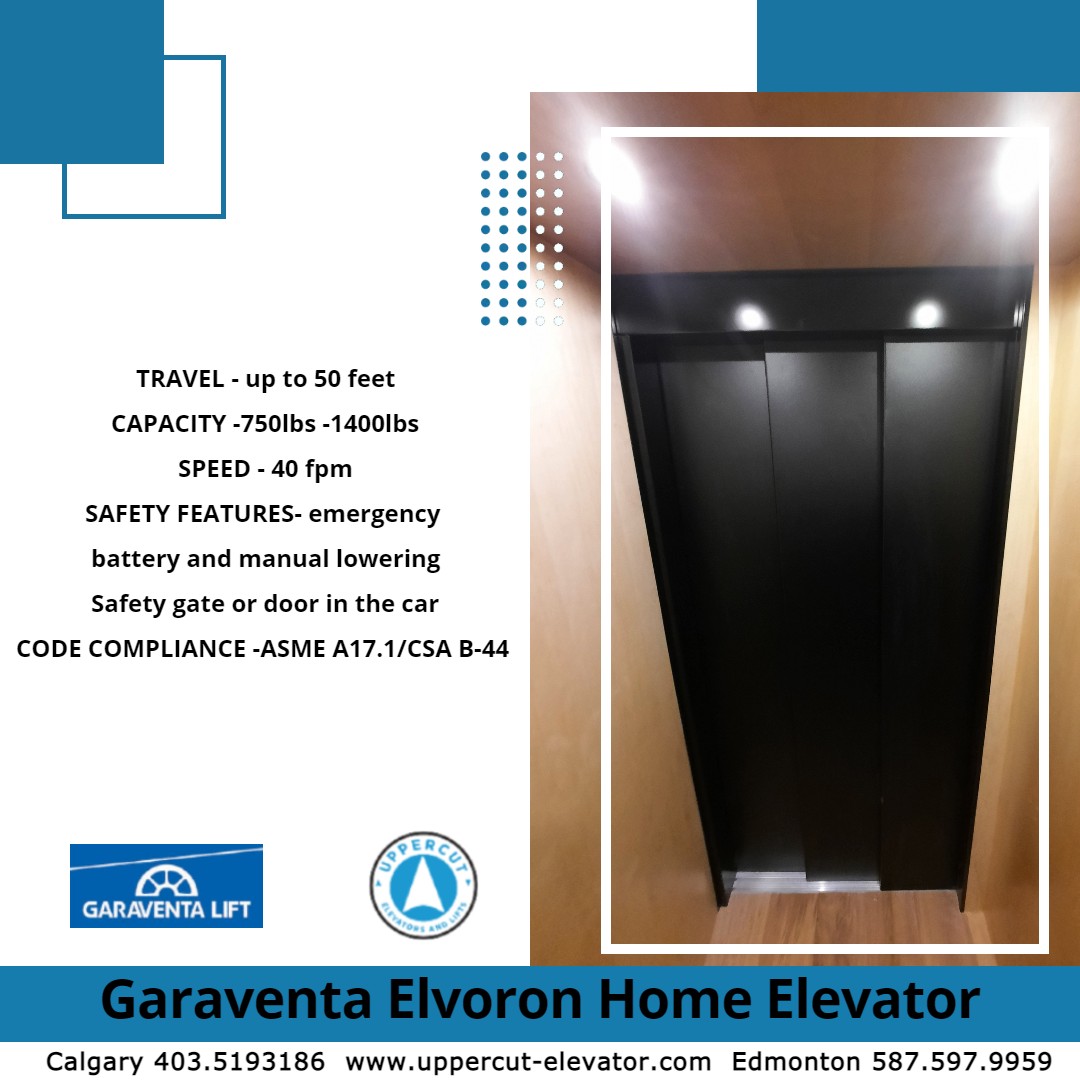I think humans by nature have a fear of being trapped in an elevator and therefore I usually don’t get through a sales meeting without one of the two following questions being asked:
- What do I do if the elevator gets stuck?
- What happens if the power goes out?
Both questions are valid and fortunately, we have a variety of solutions that can ease these fears.
I would start by saying that one thing you can do to guarantee piece of mind is having your elevator properly maintained by a factory trained technician. The second thing would be to ensure there is a phone in your elevator so you can call for help if necessary.Every residential elevator we provide comes with a phone built right into the car operating panel
Ok, now back to the easing your fears about getting stuck in that elevator. The following are standard and optional features that can allow for a safe evacuation from your elevator.
Manual lowering (or raising)
All devices that I am aware of have some form of manual lowering. Hydraulic units typically will have a button on the pump system that will open up a hydraulic valve and lower you at a regulated rate. Fluid is released from the cylinder, back into the reservoir and the lift descends – this is the system that we utilize in a commercial application. Residentially with a inline counterweight drive there is a manual hand crank which can maneuver the elevator. All our offerings (both residential and commercial) have battery lowering in the event of a power failure. This guarantees that you can exit the device when the power is out.
Emergency Battery lowering
Battery lowering is useful in the event of a power failure where your major concern is simply being able to exit the elevator. As the name indicates the elevator will only continue to operate in the downward position. The intention is to have you safely evacuate the device at the lowest level.
Battery Backup (or DC operation)
This term is sometimes confused with Emergency battery lowering. A vendor may tell you “Our units have battery back-up” but they may be referring to the ability to lower only via an emergency battery system (see above). Battery backup or DC operation means that there is a battery system in place that allows the elevator to function when the power is out. A true battery operated system will allow the user to have uninterrupted use in the event of a power failure. The device will travel both up and down, and be able to complete 30-40 cycles while the mains power is out. This system provides a smooth transition from AC to DC power and allows for continued use. This option gives you true piece of mind if you are reliant on your elevator due to an accessibility need.
The interlocks on residential elevators and commercial accessibility lifts will have a tool that allows you to open the door(from the outside) regardless if the lock is energized or where the car is located. I would, however, caution you to never crawl out of a device that is between floors unless it is absolutely necessary (life or death situation) . Your first line of defence is to always call your elevator provider as soon as you experience an issue.
I would like to close by saying that getting trapped in your home elevator or lift is extremely rare. In my 25 years of experience and hundreds of elevator installations, I can count only a handful of entrapments that required a technician to rescue an individual.
For more information on residential or commercial devices contact us anytime and we will be happy to answer your questions

